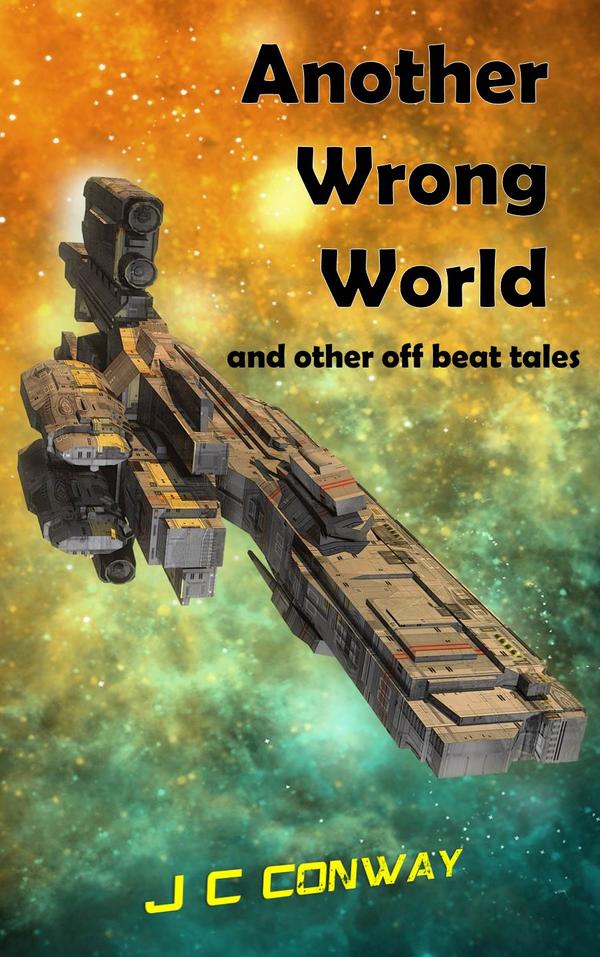The notion of human star travel raises difficult issues under 20th Century science. Some of my own stories have addressed those difficulties different ways, including slow-moving generation ships that cross the void to close stars over thousands of  years, time-dilated near-light-speed vessels driven by powerful quark-drive engines, and space-bending super-science techniques that translocate people or ships. But no matter the creative solution in fiction, it has been a frequent task of hard-science-fiction writers to world-build in such a way that their interstellar travel accommodates or at least acknowledges accepted theories such as General and Special Relativity.
years, time-dilated near-light-speed vessels driven by powerful quark-drive engines, and space-bending super-science techniques that translocate people or ships. But no matter the creative solution in fiction, it has been a frequent task of hard-science-fiction writers to world-build in such a way that their interstellar travel accommodates or at least acknowledges accepted theories such as General and Special Relativity.
It’s also commonly thought (although by no means unanimously) that some centuries or more will pass before we can accomplish such things in reality.
But is that so? Perhaps not. Many respectable groups are addressing the problems as questions of science with practical, and sometimes potentially imminent, application.  For instance, today marks the opening of the 2013 Public Symposium hosted and organized by 100 Year Starship.
For instance, today marks the opening of the 2013 Public Symposium hosted and organized by 100 Year Starship.
The Symposium features prominent speakers, events and attractions appropriate for the lay and interested public, as well as an in-depth Technical Track, featuring researchers presenting technical papers, some of which show thinking so far beyond 20th Century conventional wisdom that they may very well mark the beginning of an ideological shift leading to star travel in our lifetimes. For example, some of the papers presented in the “Factors in Time Distance Solutions” Technical Track, are:
- Solar System Escape Architecture for Revolutionary Science: A NAIC Study. – J.P. Nosanov et al.
- The Laser Starway: A Light Bridge to the Closest Star. – C.J. Quarra et al.
- Empirical Evidence Suggest a Need for a Different Gravitational Theory.– B.T. Solomon
- Interstellar Communication with Gravitational Lens and KLT- S. Dumas, C. Maccone
A talk by Jeff Nosanov about escape architecture is also available on YouTube:
And for a quick summary of Gravity Modification and its implications, the following video is a decent primer:
Yes, things can sometimes take a long time, and none of us really know when theoretical breakthroughs will lead to astonishing, practical innovations. But we do know, from history, if not from our gut, that once such a breakthrough takes hold, humanity is typically in for quick changes–changes humanity generally embraces and to which it adapts readily, despite the downsides (which we almost never see until we get there). So while I might not ever be a starship pilot, there may be people alive to day that will be. The ideas are in the works right now.









Pretty astonishing stuff, isn’t it! Looks like the next few years will be interesting ones. 🙂
Astonishing indeed. It will be fascinating to watch things unfold.
links to preprints to the starway paper and presentation:
http://independent.academia.edu/CharlesJQuarra
Charles: Thank you.
Pingback: Hugo v Nebula 2013 | J. C. Conway